Design considerations for microlenses and lensarrays
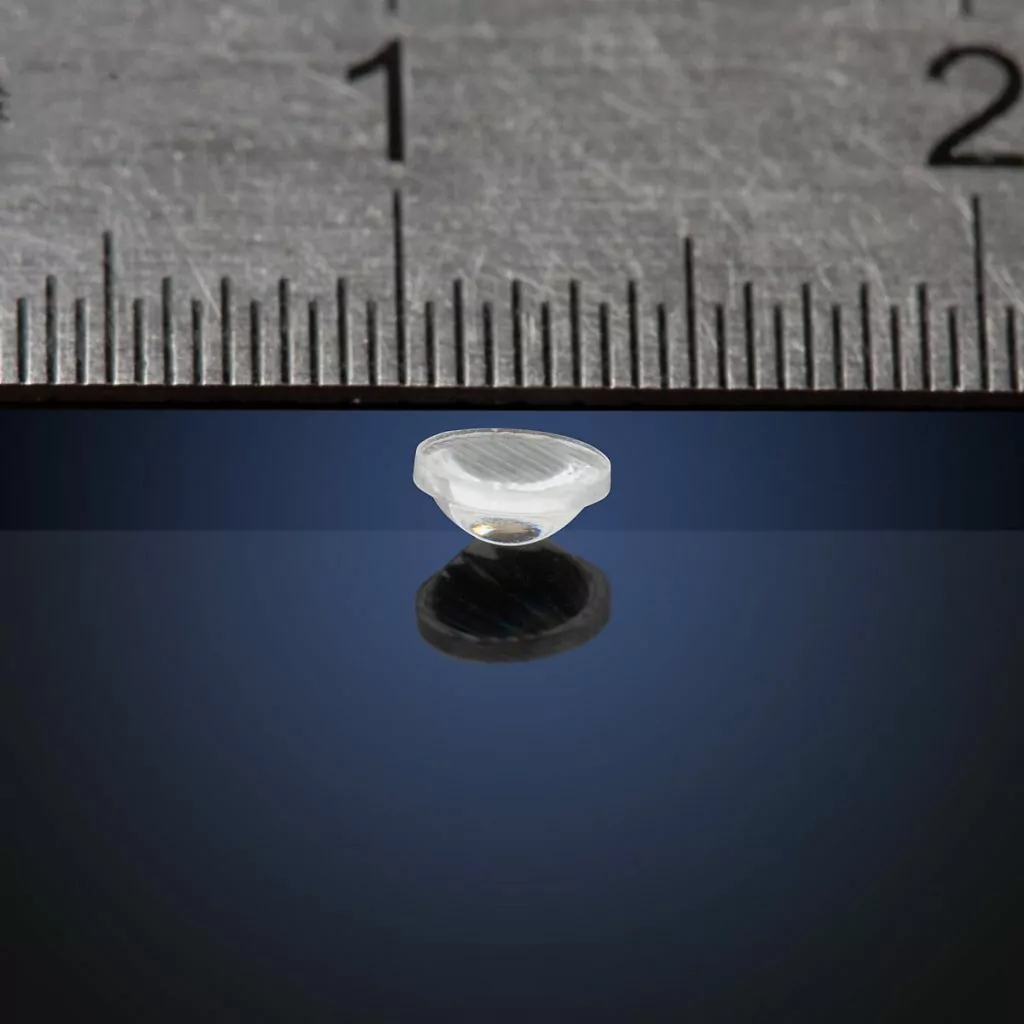
As optical systems are reduced in size, we encounter new engineering challenges when analyzing and designing lenses. These are issues that we usually don’t see when working with larger elements. This article will review some of the challenges when designing microlenses. A small lens is roughly defined as a lens with a diameter lower than […]
Key Differences Between Retinoscope, Ophthalmoscope, and Non-Contact Tonometers: Optimized Optical Layouts for Accurate Eye Examinations
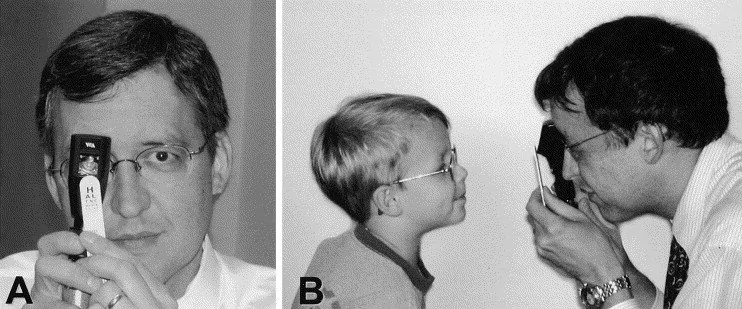
Introduction In this article, we will explore the construction and optical layout of both the retinoscope and the ophthalmoscope, highlighting their unique designs and functionalities. Understanding these differences is crucial for professionals looking to select the most suitable tool for precise eye examinations. Whether you are focusing on the improved accuracy of a retinoscope or […]
Conoscopic Lens Design

A conoscopic lens is an instrument that can be used to measure the angular distribution of a light source. Its use is quite different from a lens, as in photography. An image created by a conoscopic lens resembles that of a fisheye lens. That is a highly distorted image. Conoscopic lenses are used to evaluate […]
3 Keys To Quality Double Gaussian Lens Design
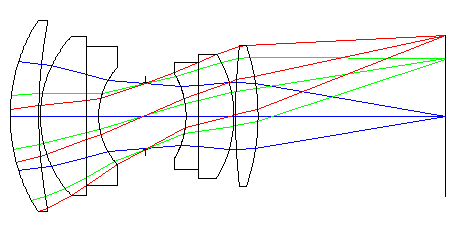
One of the most common lens system designs- especially in photography- is what is called a Double Gaussian lens. There are several different configurations, and close to 90 different patents have been filed from 1936 – 2010, but a basic double gaussian lens design configuration is the one shown in Figure 1. This simple Gauss […]
Knife Edge Test for Lens Evaluation
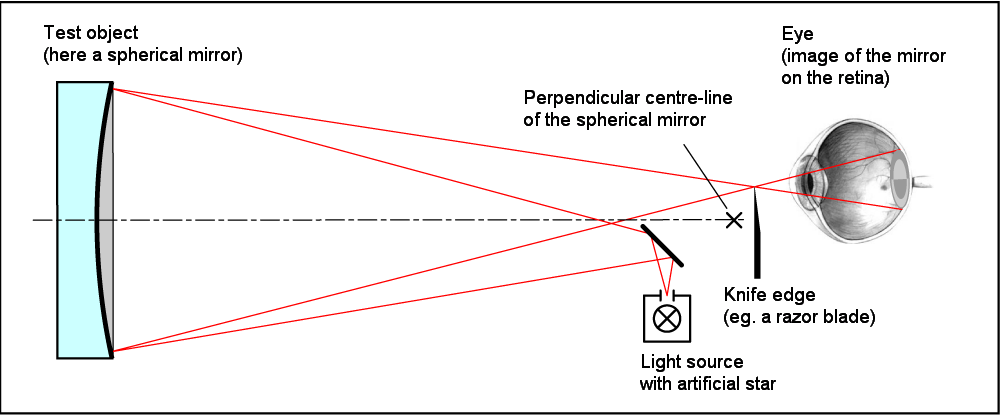
Introduction Lens design is a constant quest to achieve optical perfection. Lenses and mirrors play crucial roles in imaging systems, but their imperfections can lead to optical aberrations, degrading the quality of images formed. One valuable tool that has stood the test of time for assessing and correcting these aberrations is the Foucault test, also […]
Telecentric Lens Design: Enhancing Precision in Optical Systems
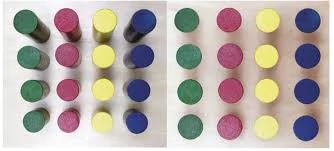
Introduction to Telecentric Lenses An important goal in machine vision applications is taking measurements in a consistent, accurate, and precise manner. This can include measuring the dimensions of manufactured parts to guarantee they are within the design tolerance, or measuring the width of electric tracks in a PCB. For these applications, telecentric lenses can deliver […]